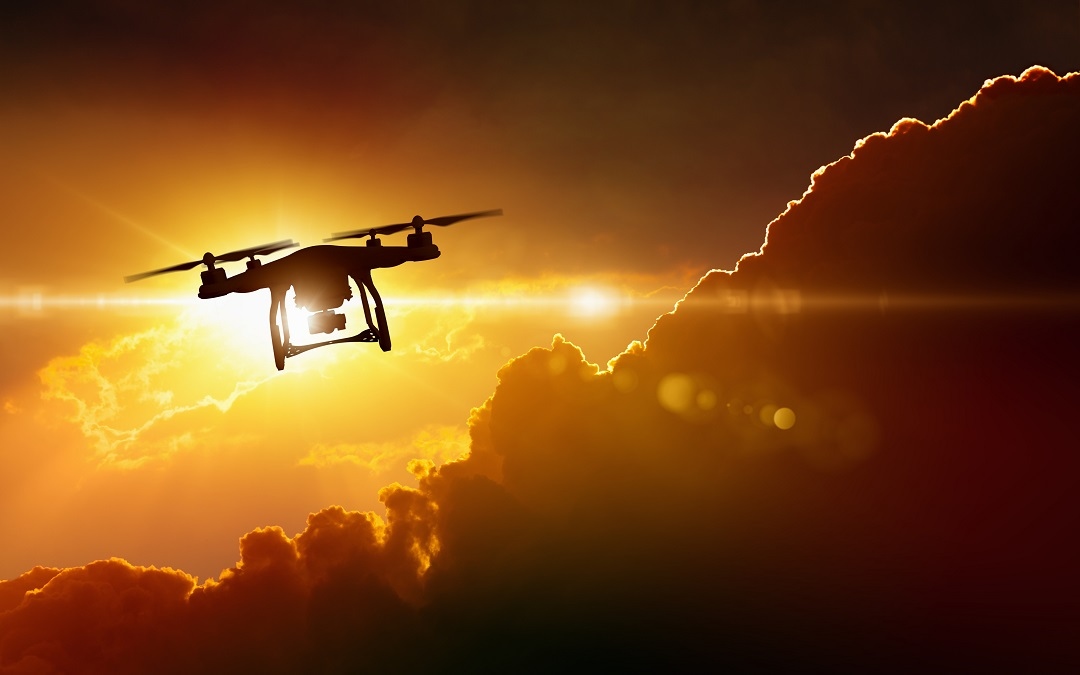Introduction to Unmanned Aerial Vehicles in Border Surveillance
The use UAVs (Unmanned Aerial Vehicles) in border surveillance is growing. These remotely operated aircraft, without a human pilot on board, have proven to be invaluable tools for border security agencies worldwide. UAV technology helps monitor borders by providing real-time aerial surveillance, significant for detecting unauthorized crossings and illegal activities in hard-to-reach areas. UAVs can cover large areas quickly, improving the proficiency of border patrols. They are now a preferred method for optimizing security. The role of unmanned aerial vehicles in modern border surveillance is important, providing practical solutions to many traditional security problems. Main characteristics that make UAVs perfectly suited for border surveillance include:
- Affordability: UAVs offer a reasonably priced solution for continuous monitoring.
- Extended reach: They can cover remote areas that can be complicated for human personnel to reach.
- Advanced sensors: Equipped with high-resolution cameras, infrared sensors, and radar, UAVs can operate day and night, in various weather conditions.
- Real-time data transmission: They offer immediate feedback, which is very important for making quick decisions in dynamic border environments.
The implementation of these systems into border surveillance strategies is expected to grow, offering exceptional resources in monitoring and safeguarding national frontiers.
Technological Advancements in UAVs for Surveillance
UAV technology has greatly progressed, especially in border surveillance. One major development is the use of advanced sensors, such as high-resolution cameras, infrared imaging, and radar systems. These sensors help drones capture detailed images, detect heat signatures, and see through obstacles like weather or foliage. This makes UAVs outstanding for accurate border monitoring, detecting unauthorized movements, neutralizing potential threats, and identifying risks across large, remote areas.
An important innovation in UAV technology for border surveillance is the improvement in flight times and energy resourcefulness. Developments in battery tech and aerodynamics have increased UAV durability, allowing longer patrols without frequent recharging. Drones can now stream live video and transmit data instantly to command centers, providing real-time intelligence for prompt decisions. This improves detection and neutralization attempts, helping border security respond quickly to emerging threats and adapt to evolving obstacles.
Benefits of Using UAVs in Border Security
UAVs provide numerous benefits for border surveillance, transforming traditional surveillance into a more capable system. Their ability to cover large areas quickly and successfully allows for real-time detection of unauthorized crossings and threats. UAVs can navigate hard-to-reach areas like mountains or forests, where human patrols may struggle. This refined access certifies that no part of the border goes unmonitored, helping with both detecting and neutralizing potential threats, improving overall security.
UAVs offer a major benefit in border security through their rapid response times. Equipped with advanced sensors and real-time data transmission, they provide immediate situational awareness, allowing quick, informed decisions to detect and neutralize emerging threats. Additionally, UAVs offer a more affordable option compared to manned aircraft, delivering continuous surveillance without the expensive costs associated with traditional methods. By integrating UAVs, border surveillance agencies can improve security, optimize resources, and maintain constant vigilance, making UAV technology a significant advancement in border protection.
Challenges and Limitations of UAV Usage
While UAVs present considerable advantages for border surveillance, there are obstacles that can impact their competence. One major problem is the regulatory differences between countries, which can complicate cross-border surveillance operations. These varying regulations may limit where and how UAVs can be deployed. Another challenge is privacy concerns, as drones can capture detailed images and videos, potentially infringing on the privacy of people living near border areas. It is important to strike a balance between improving security and protecting civil liberties to guarantee the responsible use of UAVs in border surveillance.
Technical difficulties also create challenges for UAVs in border surveillance. Despite advancements, UAVs face limitations like battery life, communication interference, and weather vulnerabilities, which can impact their range and capability in detecting and neutralizing the threats. Skilled operators are important for optimizing UAV capacity, but their need introduces added cost. Other limitations include:
- Regulatory restrictions and compliance issues.
- Addressing privacy concerns related to surveillance capabilities.
- Technical constraints like battery life and weather exposure.
Overcoming these challenges is very important for fully utilizing UAVs to improve and strengthen border security operations.
The Future of UAVs in Enhancing Border Security
The future of UAVs in border surveillance looks promising, with technological advancements set to strengthen surveillance capabilities. One major development is combining artificial intelligence and machine learning, allowing UAVs to autonomously detect patterns, predict threats, and make real-time decisions. This would upgrade the capability to detect and neutralize security risks, supporting more proactive and adaptive border security strategies.
UAVs will play an even bigger role in border surveillance in the future, by working with other technologies like ground sensors and satellite imaging. This will create a more complete surveillance system, making it easier to detect and neutralize potential threats. With longer flight times thanks to new energy and propulsion advances, UAVs will provide continuous monitoring, improving response times and overall security.


Recent Comments